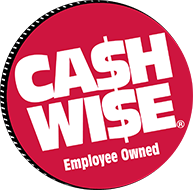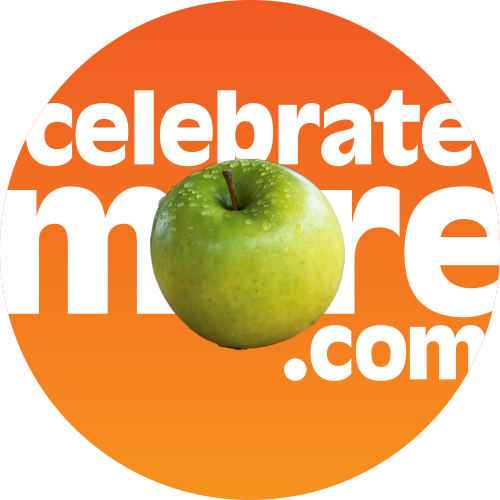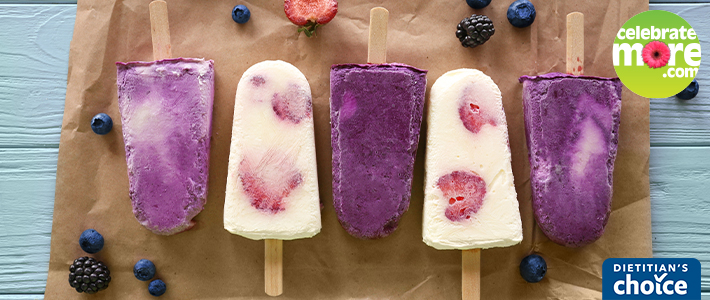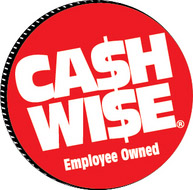Tags: dairy
Strawberry Blueberry Cream Pops
Apple-Cheddar Cheeseball
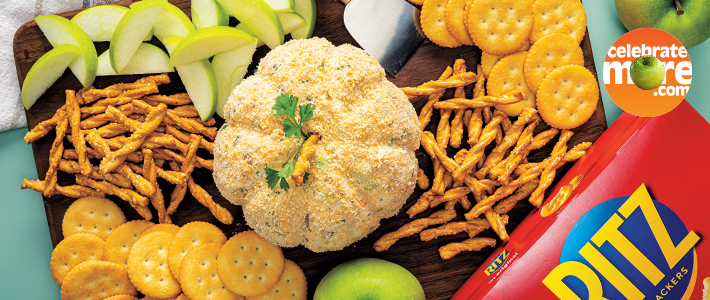
Veggie and Protein Frittata
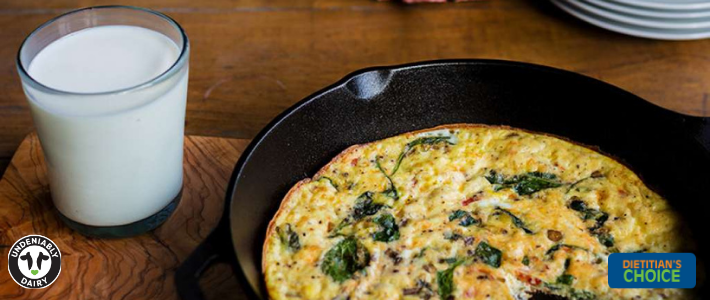
Perfect Pair Pops
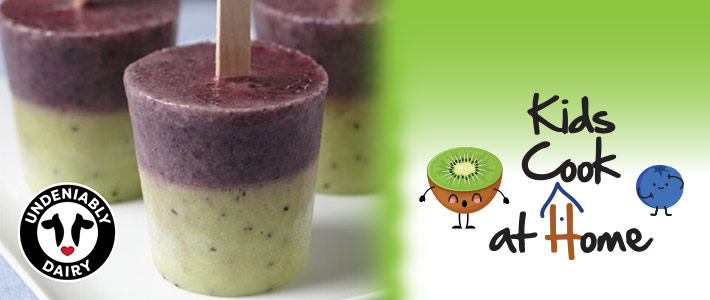
 Recipe Difficulty: Easy
Recipe Difficulty: Easy
Oven: No
Stovetop: No
Knife: Yes (cutting fruit)
New Year, New Moo
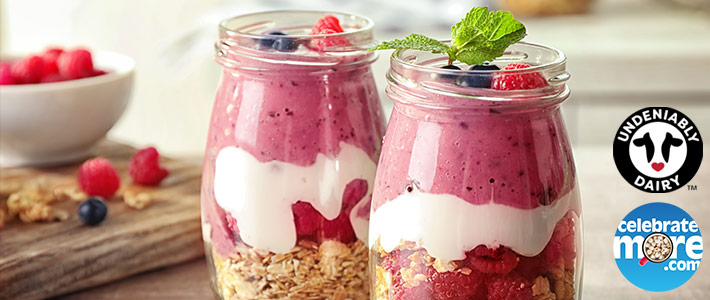
It’s February, which according to a U.S. News & World Report, 80 percent of our New Year’s resolutions have failed by now. Although the success rates of these resolutions are small, who says you can’t be in the 20% that do succeed? As dietitians, we often have our clients seek out our help with their nutrition resolutions. While many ask what the ideal diet looks like, we love to work with our clients and share that rather than diets, what we eat should be a balance of all foods. Restricting certain foods or food groups can often make us feel deprived and cause us to fall in and out of diets. By focusing on foods that both we enjoy and nourish our bodies, we can find peace with foods and meet our nutrition goals! Looking for easy recipes to help you meet your goals? Check out a few of our favorite recipes that contain nutrients such as protein, calcium, vitamin D, and B vitamins from you guessed it—dairy!

Smoothie Bowl
Blueberry, Avocado & Banana Smoothie Bowl
Serves: 1-2
Ingredients
- 1 Cup Blueberry Low-Fat Kefir
- 1 Cup Frozen Blueberries
- 2 Tbsp. Avocado
- 1 Banana, frozen
- Additional Toppings
- Granola
- Blueberries
- Banana Slices
- Fresh Mint
Instructions
- Blend all ingredients in blender or food processor until smooth.
- Pour into 1-2 Bowls. Top with desired toppings.
*Try adding 1 Tbsp Ground Flaxseed or 1 Tbsp Chia Seeds for added nutrition!
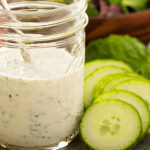
Buttermilk Green Goddess Dressing
Buttermilk Green Goddess Dressing
Yield: 1 Cup
Ingredients
- 1/2 Cup Mayonnaise with Olive Oil
- 1/3 Cup Buttermilk
- 1/4 Cup Fresh Chives, chopped
- 1/4 Cup Fresh Parsley, roughly chopped
- 1 Tbsp. Fresh Tarragon, chopped
- 1 Tbsp. Fresh Lemon Juice
- 2 Anchovy Fillets in Oil, drained and chopped
- 1 Medium Garlic Clove
- Salt and Pepper, to taste
Instructions
- In a bowl of a food processor, combine ingredients and puree until smooth. Season with salt and pepper, to taste.
- Serve immediately or cover and chill up to 3 days.
Butternut Squash Mac & Cheese
Ingredients
- 2 cups butternut squash, peeled and cubed
- 10 ounces pasta, dry
- 2 tablespoons low-sodium vegetable broth
- 1 1/2 tablespoons butter
- 1 1/2 tablespoons flour
- 1 tablespoon garlic powder
- 3/4 cup skim milk
- 2 1/2 cups shredded cheddar cheese
Instructions
- Bring a large pot of water to boil and add butternut squash. Cook until squash is softened and drain. Alternatively, microwave squash until softened (about 4-5 minutes).
- Prepare pasta according to box. Drain and set aside.
- Place squash and vegetable broth in food processor or blender. Pulse until mixture is smooth. Add water by 1/4 teaspoon if mixture is too firm.
- Heat butter over medium-low heat until melted in a small saucepan. Whisk in flour and cook 1-2 minutes.
- Whisk in garlic powder, milk and squash. Continue to whisk for another 1-2 minutes’ mixture thickens.
- Once thickened, add cheese and whisk until melted (about 5 minutes). Stir mixture into pasta.
Looking for more undeniably delicious dairy recipes? Check out DairyGood.org.
Cheese Please! Let’s Celebrate National Dairy Month!
It’s officially June! Up here in the Midwest, we are enjoying our beautiful summer weather. On a hot summer day, sometimes just an ice cold glass of milk, really hits the spot! We’re excited for the month of June because it is National Dairy Month!
Dairy products are a staple in the diet, I mean seriously, who doesn’t love cheese?! We’re talking all about our favorite dairy products and the high-quality nutrition behind them.
Nutritional Benefits
It’s recommended to choose low fat or fat-free dairy products because they:
- Contain calcium for bone growth and maintenance of overall bone health
- Contain potassium which may help support healthy blood pressure levels
- Are a good source of protein
– Did you know 1 Cup of 1% or Skim Cow’s milk contains 8 grams of protein? - May help reduce the risk of developing osteoporosis
How much dairy do you need per day?
Most adults should be getting 3 cups of dairy every day! Check out the full Daily Dairy Table from MyPlate.
Different Dairy Foods
We have so many types of dairy products out on the market today. We also have many dairy alternatives as well for individuals with other nutritional needs. Find more info on my article from last year which compares milk and milk alternatives.
- Milk
- Cheese
- Butter
- Yogurt
- Cottage cheese
- Kefir – haven’t tried it or heard of it? It’s a fermented yogurt drink that is a good source of protein! It’s also 99% lactose and contains active live culture (probiotics) to help promote good gut health. It’s high in protein, calcium and vitamin D
- Ice cream & Frozen Yogurt – watch your portion size, but it’s a great sweet treat every once in a while. Keep an eye out for added sugar.
Ways to incorporate dairy:
Keep in mind your proper daily intake and your serving sizes listed in the chart above. For those looking for new ideas on how to incorporate diary into your diet, here are a few tips!
- Add yogurt, milk, kefir, or cottage cheese to a fresh fruit smoothie for breakfast
- Aim for a yogurt with less than 10 grams of sugar if possible. Also, look for the Dietitian’s Choice logo on the shelf tag throughout the store for items approved as Better for You options by our team of Registered Dietitians.
- Enjoy kefir, kefir cups, yogurt, cottage cheese with fruit for a snack
- Add savory flavors to cottage cheese if you don’t have a sweet tooth
- Consume milk with meals
- Add low-fat / non-fat cheese slices to sandwiches
- Consume cheese with a snack such as cheese & whole grain crackers
Food Safety is Always the Most Important!
- Please keep it safe by avoiding unpasteurized milk or other diary products made from unpasteurized milk
- Keep all dairy foods refrigerated to avoid health hazards
- Watch the expiration dates
- “Best if Used By” date – the last day the manufacturer expects the product to be good to consume
- “Sell By” date – is the last day the product should be sold in the store
Serving Size References
How well do you know what a serving size should be for different dairy products?
- 4 dice = to 1.5 oz. of cheese
- 1 slice of cheese
- 8 oz. glass of milk
- ½ cup of ice cream
- ½ cup of cottage cheese
- ½ yogurt or single serve container
- 8 oz. kefir drink
- ½ cup kefir cup or single serve container
Hopefully these tips will help you incorporate more dairy into your diets! If you have any questions, don’t forget you can reach out to us!
Amy, RD, LD
Coborn’s Supermarket Registered Dietitian
Back to School
Well folks it’s that time of year again- I hope you all had a fabulous summer and remember we do still have 1 more month let of summer season before, its BACK TO SCHOOL! Continue reading
NEW Four Brothers Cookies
Have you tried our NEW Four Brothers Cookies yet? They pair perfectly with Kemps milk, and speaking of milk — We are right in the middle of June and I want to acknowledge not only our local Dairy Farmers, but all Farmers in by celebrating National Dairy Month.
Continue reading
Milk and Milk Alternatives: Which one is Better than the Udder?
A comparison of milk varieties to help you make a better choice for you and your nutritional needs.
Hey There! It’s great to be back on the blog!? There are many new and exciting things happening as we change seasons into the beautiful spring and summer weather. I hope you can spend more time outside being active at the lake, in your backyard, or simply going for a walk to enjoy the fresh air. It’s crazy to think that it’s already JUNE! Did you know that June is National Dairy Month? Continue reading

